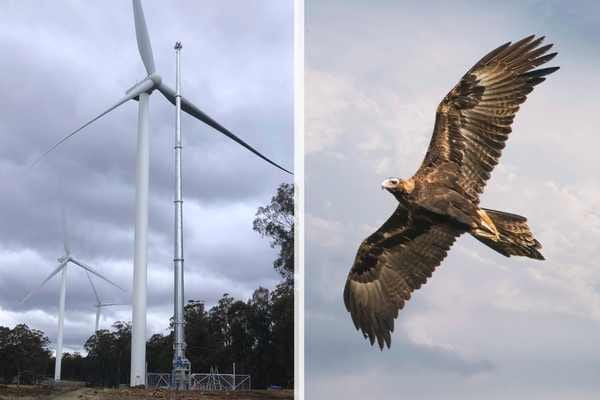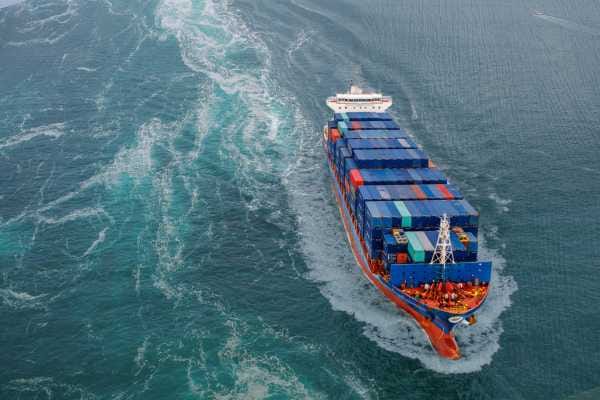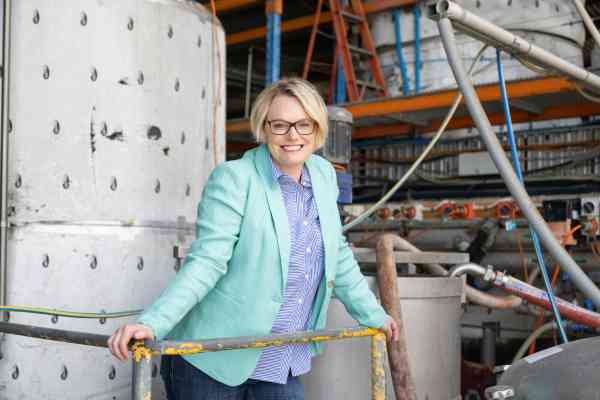Deep clean for oil and microplastics
This non-invasive bubble tech removes microplastic and chemicals from underwater dead zones.
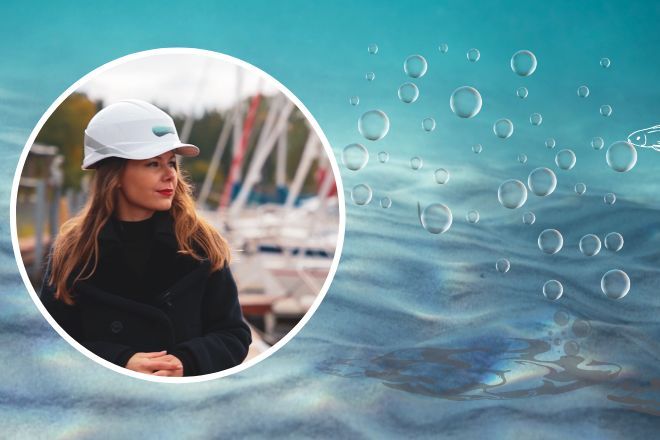
A new solution to seabed pollution is bubbling away under the ocean's surface.
Oil, microplastic and chemical sediments create underwater dead zones. Developed to tackle this is a new non-invasive method based on bubbles.
The patented deep water rehabilitation method from Latvian startup PurOceans has been shown to clean 98 per cent of harmful sediments lying on the seabed of ports, rivers and other polluted bodies of water in recent trials.
Moreover, the oil and microplastics removed using this method can be recycled into useful products such as sports shoes by brands seeking to boost their climate credentials.
According to PurOceans CEO, Alona Stepanova, 60 per cent of ocean pollution sinks to the seabed, destroying ecosystems in its wake, and creating 500 dead zones around the world.
“Our green technology is completely eco-friendly and safe for the environment. It only removes the pollution and also speeds up the rehabilitation of the waterbody.”
The technology does not involve excavation of soil, usage of any chemical or biological substances or electric impulses. Instead, the patented technology is based on the principle of floatation, with bubbles pumped down to the seabed where they adhere to any chemical pollutants.
This is achieved with the use of a funnel which is placed on the seabed. At a certain air pressure, the bubbles lift the pollution and separate it from the ground and sand. It is then collected it in closed tanks for reuse.
PurOceans’ creators claim their method can clear sediment more quickly, at a lower cost, and with less disruption to flora and fauna than alternative methods.
"Our green technology is completely eco-friendly and safe for the environment. It only removes the pollution and also speeds up the rehabilitation of the waterbody."
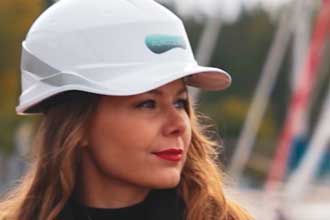
The company was established in 2019 by five founding members from varying backgrounds including biological sciences, engineering, and ichthyology – the branch of zoology devoted to the study of fish.
Together they aim to rehabilitate deep waters and restore dead zones around the globe.
PurOceans COO Rolands Grigorjans says, “Of all the problems in the world, the pollution of the waterbody is one of the most important ones.
“At PurOceans, we collect only the sediment, only the hydrocarbon … which can be easily utilised and easily refined into merchandise and other products.”
The company has pilot tested the new method on a contaminated part of the major Latvian port of Riga on the east coast of the Baltic Sea where it was tasked with removing 150 year-old oil pollution from the seabed, according to PurOceans.
The company is racking up a growing number of accolades, including a nomination for The Index Project 2023, an award that celebrates ground-breaking innovation.
PurOceans was also selected as a finalist for the BlueInvest Awards 2022, was selected as one of 1000 green solutions to exhibit at the ChangeNOW2022 World Expo in Paris in May, and last year, the company was a finalist in the Get in the Ring global startup competition spanning over 220 cities.
PurOceans already has a fully equipped boat that can carry out the clean-up with three people on board and currently the team goes to the scene and conducts the cleaning themselves.
In the future, the PurOceans method will be powered by software that can automatically identify the areas to be cleaned, and the port operator will hire the equipment.
Up to one hectare can be cleaned in 20 days to a depth of 25 meters, and a larger prototype can be built that can also work at depths of up to 200 meters, according to PurOceans.
The tech
PurOceans technology pumps ambient air in the form of bubbles to the lowest depths of the body of water where they adhere to chemical pollutants. Once the chemicals lock in, the force of buoyancy pulls the pollution up to the surface. From there, the pollution is filtered out using special tanks. This method eliminates the need for chemicals or excavation and also enriches the body of water with oxygen, boosting the underwater environment.
Who funds it
PurOceans has received investment from the Commercialisation Reactor acceleration program for science-intensive startups, from ClimateKIC – an innovation community targeting the transition to a zero-carbon society – and from Norway Grants, a small grants program from the Norwegian Financial Mechanism.
Is it ready to roll
PurOceans team currently has a fully equipped boat that can carry out the clean-up, and the company says it is ready to build a larger prototype for interested customers. Going forward, the technology will be automated using software to allow port operators to hire and operate the equipment themselves.


